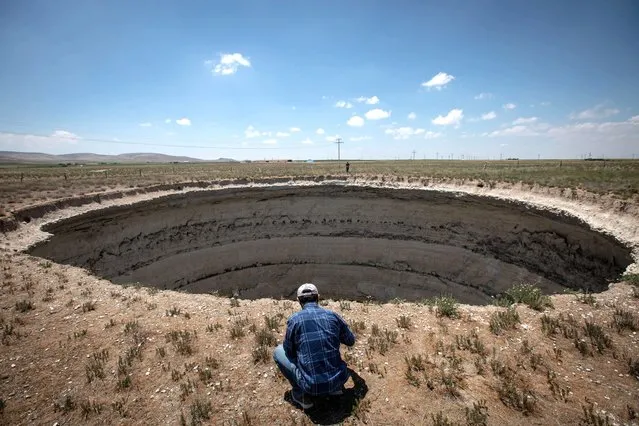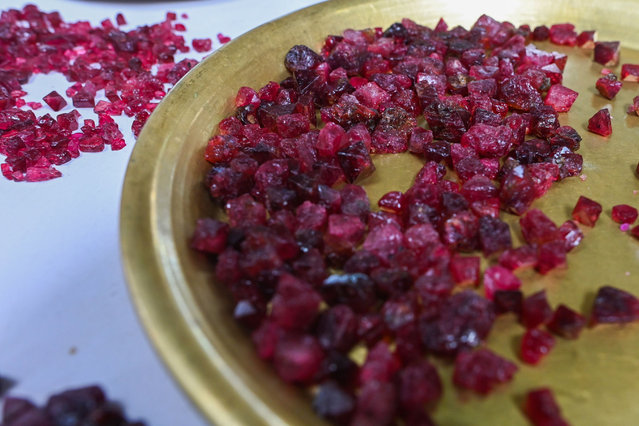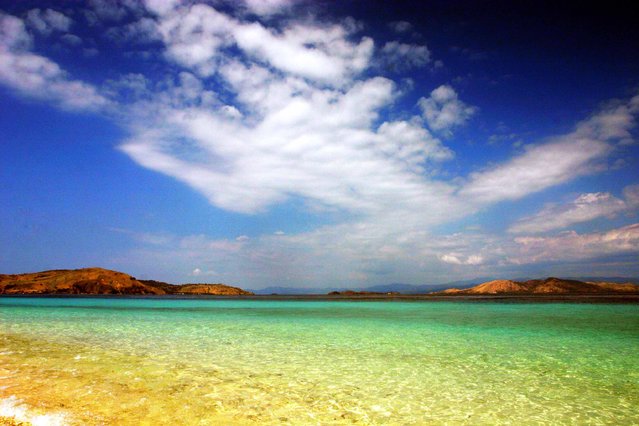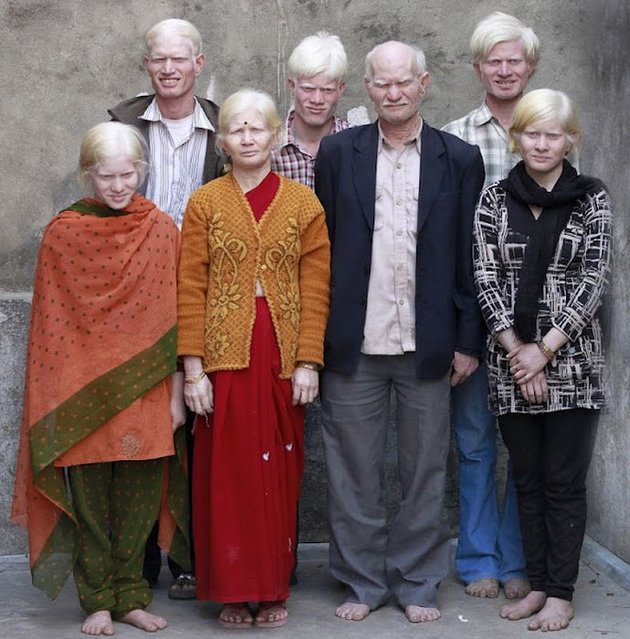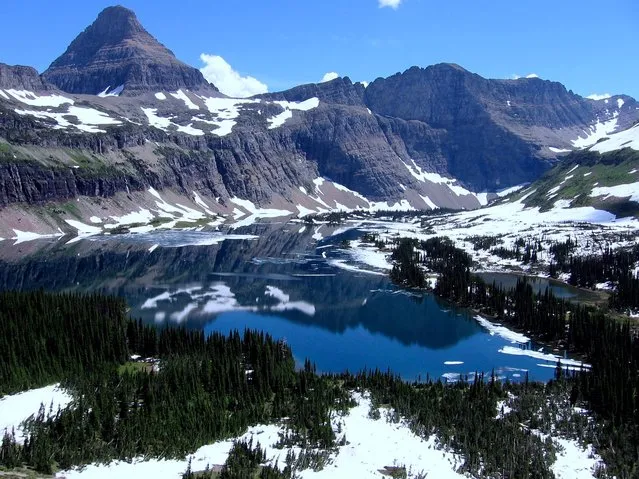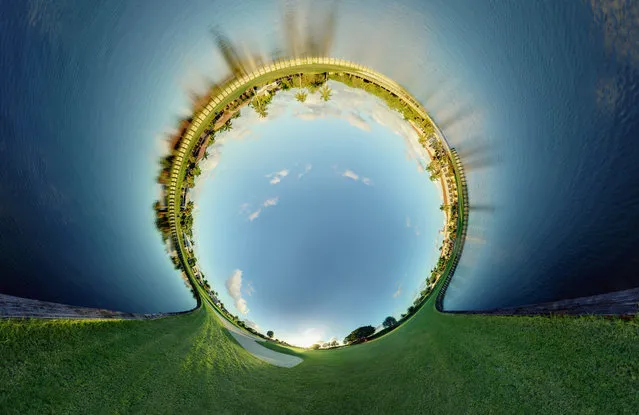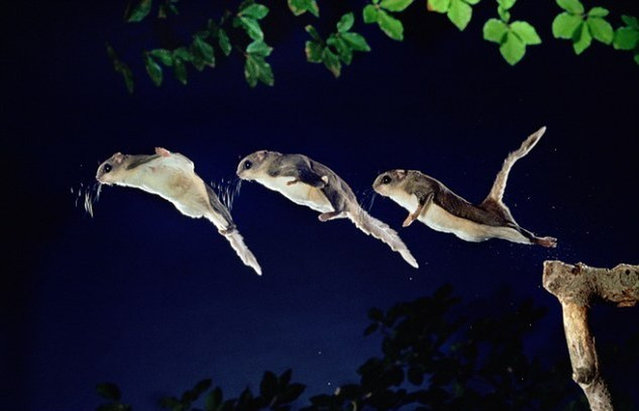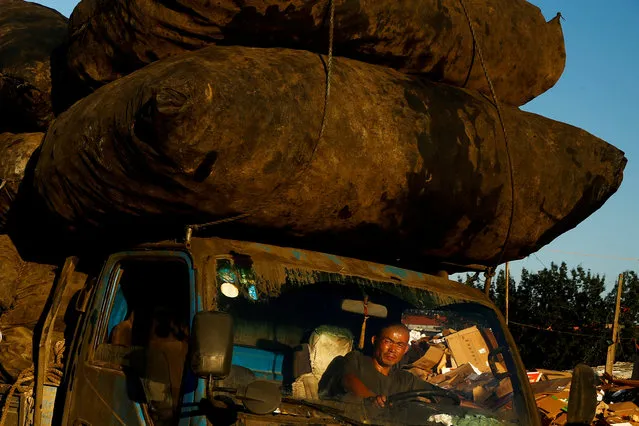
A driver steers a lorry laden with bags of plastic bottles across a recycling yard at the outskirts of Beijing, China, August 19, 2016. As authorities try to control Beijing's burgeoning population and capitalize on skyrocketing land prices, scrap collectors say they are being pushed out despite playing a vital role in China's unique recycling ecosystem. (Photo by Thomas Peter/Reuters)
26 Nov 2016 10:39:00,post received
0 comments

